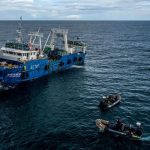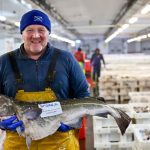Nofima, in collaboration with the Fisheries and Aquaculture Industry Research Fund (FHF), has looked more closely at the opportunities for Norwegian herring in Brazil. The purpose of this work has been to acquire knowledge about the central conditions in the Brazilian market so that Norwegian companies can base their strategic choices and actions on a broader foundation.
Popular sardines
Sardines are extremely popular in Brazil. This market comprises approximately 10 % of the total seafood market in Brazil. However, many of the most important sardine stocks were overfished in the 1980s and 1990s. Fishing bans have now been imposed for parts of the year to protect and develop the most important stocks.
Discussions between Norwegian and Brazilian actors suggest that Norwegian herring can be a substitute for Brazilian sardines. A central question is whether herring shall be sold in periods with limited access to local sardines or as a year-round product.
Tariff barriers
Regardless of which strategy Norwegian exporters choose, they will encounter a series of challenges in the Brazilian market. The tariff rate for herring and sardines is currently 10 %. However, Brazil uses tariffs actively to protect local industry and consumers.
In the summer of 2010 the tariff for sardines was reduced to 2 % to stimulate increased exports, due to low national catches. In the same period Thai companies increased their export of tinned sardine products, which created challenges for local industry. Consequently, the authorities increased tariffs on canned sardine products from 16 to 32 % to protect local industry. These examples illustrate a challenging environment, which the Norwegian industry has to be aware of.








